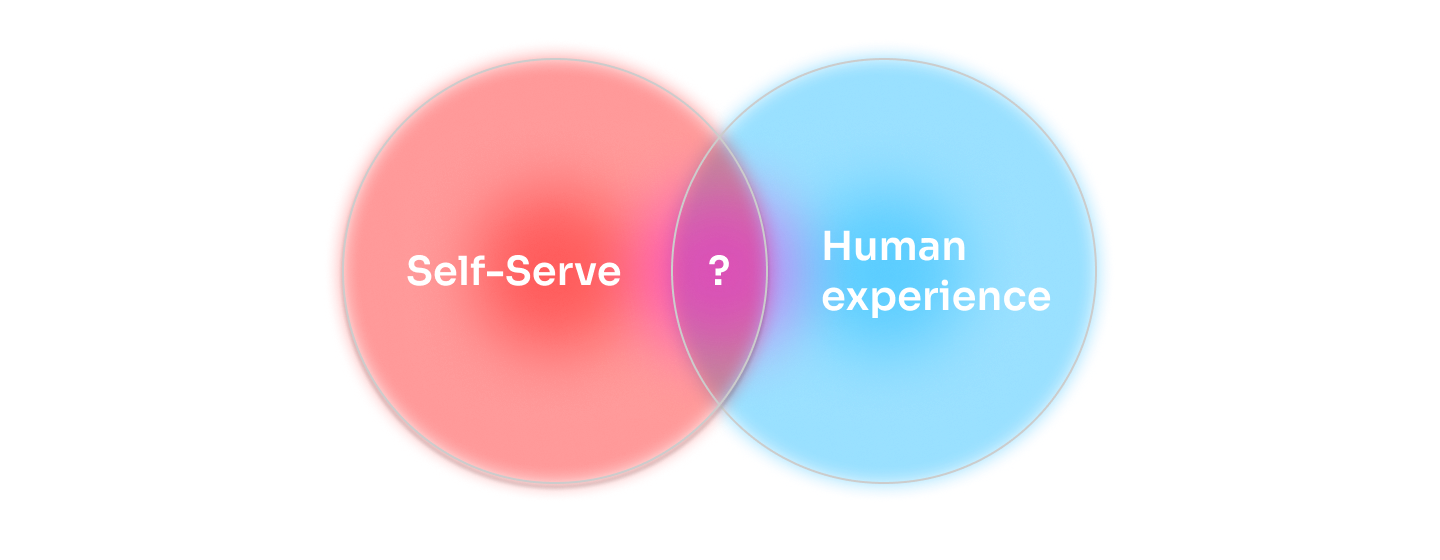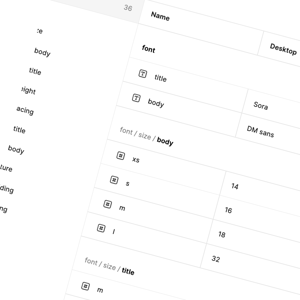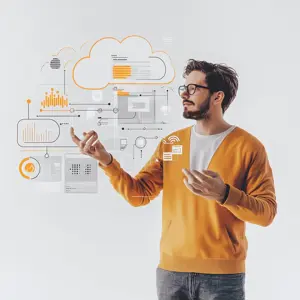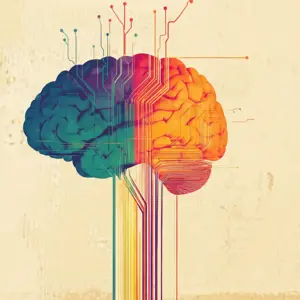
The first is that customers want to self-serve. To start and complete a process wherever they are and on any device without waiting in a queue. The second is that people want a human experience. They want to be able to ask questions and get accurate and meaningful answers. They don’t just want a playback of their data, but an interpretation of it; an answer that recognises their particular circumstances and goals and can add nuance and context.
The first proposition would usually imply a purely digital experience, while the second would be some kind of human interaction, however, with the advancements in AI data aggregation and LLMs this doesn’t have to be the case.
So, what kinds of experiences are we describing?
Imagine that you have a digital account with a utility company. Within this account the company has access to:
- Your shared personal data
- Your specific circumstances
- Your financial history with that organisation
By default, this customer information can be surfaced as data outputs, potentially within a website or a mobile app, and it could be interacted with in ways prescribed by the system. If you’re just looking to see the status or history of an account, or edit your existing details then this is a solution that would work, and has worked to a point, for years.
But, what if you want access to more than just the raw data? What if instead you wanted to look deeper? To interact with the system in a way that you could still self-serve, but also work outside of the constraints of fixed ux patterns, and to do it in a human way? To accomplish this, we need to be able to interact with an agent who has access to all of the data sources mentioned above, and is an ‘always on’ presence, utilising new and historical customer data as well as general company content and financial information.
So, rather than just seeing dry, financial or personal information, the user will be able to ask the website or app personalised questions such as:
-
Why have my bills increased?
-
Not just a FAQ type response, but an answer based on all known user and business data.
-
What can I do better to save money?
-
The response would take into account the users financial history, projected business changes, current payment plans to deliver a personalised response.
-
How will adding a *addition/extension* to my property increase my bills?
-
This would leverage an understanding of how different additions will generally affect billing, what could be done to mitigate this and offer alternative approaches
-
How do my bills compare with the local/national average?
-
The agent would have to have access to local and national data, then compare it against the users financial and usage history and, if they are above the average, offer possible solutions to help their situation.
The benefits
These meaningful and useful answers, which could be delivered in conversational language, written format or as dynamically generated diagrams and illustrations, are tailored to the needs and goals of the user in question and which take into account their personal circumstances, along with any wider business environmental concerns.
The benefits to this approach are obvious. This isn’t just repackaging the data that you can already access in a friendlier and easier to digest format; they’re delivering the data and opinions & suggestions based on an understanding of human nature and business and market trends. The immediacy of the self-serve approach with the context and engagement of a human agent, backed with internal and external data sources should be able to deliver the right content at any time of day in a matter of seconds.
Need help transforming self-serve CX with a human touch? Get in touch























